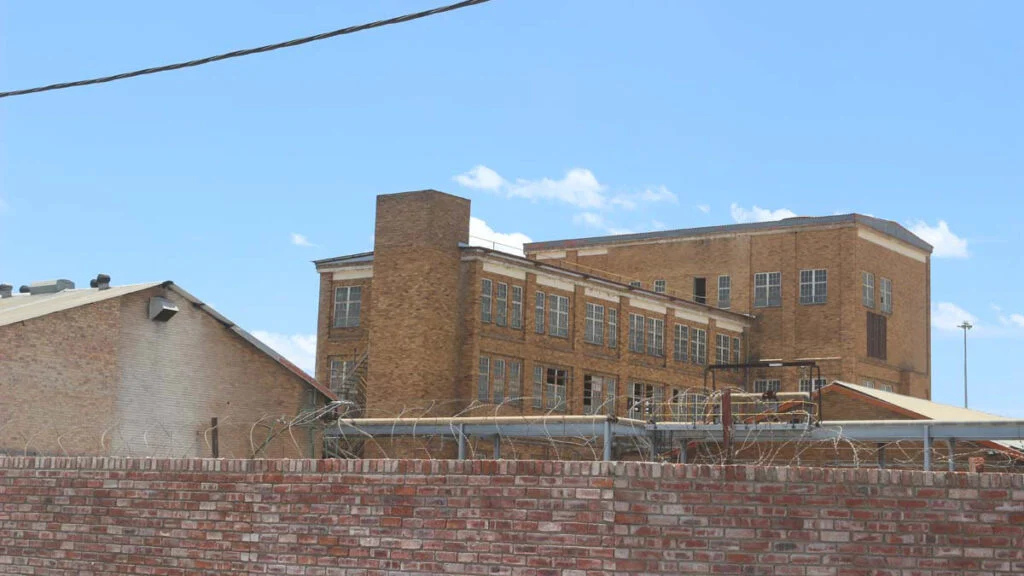Business
Lichtenburg’s Collapse: A South African Town in Crisis

Lichtenburg: A Once-Thriving Town Now in Ruins
Once known for its quaint tranquillity and agricultural prominence, Lichtenburg in the North West Province of South Africa is now a shadow of its former self. Years of mismanagement, corruption, and lawlessness have reduced the town to a state of near-collapse, leaving residents to grapple with a failing infrastructure, erratic utilities, and decaying public services.
The Historical and Economic Significance of Lichtenburg
Founded in 1873, Lichtenburg gained prominence during the diamond rush of the 1920s, attracting thousands of fortune seekers. The town also played a significant role in South Africa’s history, being closely associated with Boer General Jacobus Hercules de la Rey.
Lichtenburg remains an agricultural hub at the heart of South Africa’s maize triangle and hosts four major cement producers, making it a vital contributor to the economy of the North West Province.
However, its historical and economic significance has been overshadowed by the rapid deterioration of its infrastructure and services.
Key Issues Plaguing Lichtenburg
1. Electricity Crisis
Lichtenburg faces chronic power outages, sometimes lasting weeks. Residents attribute this to:
- Lack of maintenance: Electricity infrastructure hasn’t been updated in decades.
- Incompetent municipal engineers: Skilled former engineers offering assistance have reportedly been turned away.
- Non-payment to Eskom: The municipality owes Eskom R1.2 billion, resulting in prolonged outages.
The situation has forced wealthier residents to install solar power systems, while the less affluent face prolonged darkness and rising insecurity.
2. Water Shortages
Water outages in Lichtenburg have reached critical levels due to:
- Vandalism and theft of water pumps.
- Fewer than three operational pumps from an original 17.
- Neglect of reservoirs and pipelines.
Residents have resorted to water tanks, boreholes, and tanker deliveries for survival, with many elderly and poor residents disproportionately affected.
3. Collapsing Infrastructure
The town’s infrastructure tells a story of neglect:
- Roads riddled with potholes, with some tarred roads reduced to gravel.
- The licensing department building, partially collapsed, forcing staff into undamaged sections.
- The town hall and Cultural History Museum, gutted by fire, remain in ruins, with no restoration efforts a year later.
4. Failing Industries
The instability of water and electricity supply has driven businesses out of Lichtenburg, crippling the local economy. The cement industry, once a cornerstone, is struggling to maintain operations amidst these challenges.
5. Refuse Removal Crisis
Refuse collection is sporadic, with delays often caused by unpaid refuse removal staff. The municipality now relies on a single garbage truck to service the town.
Efforts to Intervene
Various groups have called for interventions to save Lichtenburg:
- FF Plus proposed a national interministerial team to address lawlessness and restore basic services.
- Sakeliga urged the National Executive to take direct control of the municipality, bypassing ineffective provincial interventions.
These efforts aim to hold corrupt officials accountable and rebuild a functional local administration.
A Glimmer of Hope?
While Lichtenburg’s situation appears dire, interventions at both provincial and national levels could provide a pathway to recovery. However, without decisive action and long-term accountability, the town risks further decline, leaving its residents to suffer the consequences.
Lichtenburg’s collapse serves as a stark reminder of the dangers of municipal mismanagement and corruption in South Africa. Once a jewel of the North West Province, the town now stands as a cautionary tale, with its residents bearing the brunt of failed governance.















